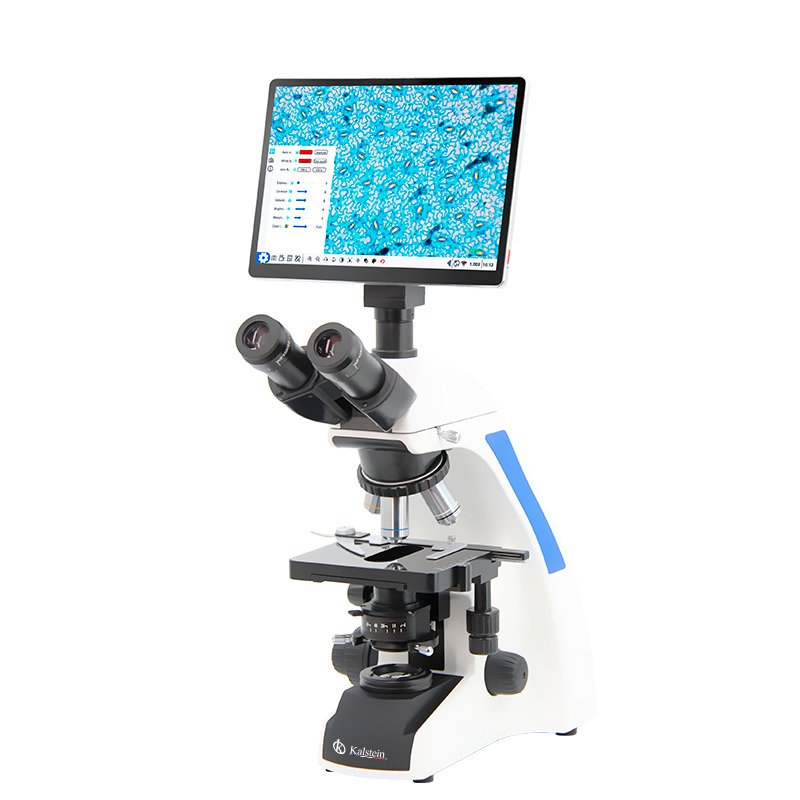Microscopes are essential instruments in both basic research and clinical settings. They allow scientists and doctors to examine biological, physical, and chemical samples in great detail, leading to efficiency in laboratory tests and improvement in patient treatment. Currently, the microscope market is filled with options, each offering multiple features and benefits.
However, not all microscopes are created equal. There are differences in aspects such as image quality, resolution, ease of use, durability, software compatibility, and customer service which can significantly impact performance in a lab or any use environment. In this article, we will compare the top four brands of microscopes: Leica Microsystems, Carl Zeiss, Olympus, and Nikon.
We understand that you need equipment that delivers maximum value to your laboratory. We invite you to visit https://kalstein.co.in/category-product/laboratory-line/microscopes/ to immerse yourself in our universe of cutting-edge technology equipment. Our prices are competitive and accessible, we combine the convenience of online shopping with the guarantee of an exceptional product. Because you deserve the best, we create and offer top-tier laboratory equipment. Make your choice today, where science comes to life. https://kalstein.co.in/
Leica Microsystems: Offering Unblemished Quality and Precision
Leica Microsystems’ microscopes have proven to be extremely valuable for those seeking efficiency in lab testing. The level of precision these instruments provide is unsurpassed, rendering clear, detailed images that enable doctors and scientists to make informed decisions when diagnosing or researching.
In addition to being effective for tests, Leica’s microscopes have also demonstrated their usefulness in enhancing patient treatment. This is largely due to the variety of high-resolution lenses found on most Leica models. However, they can also be somewhat costly compared to their competitors.
Carl Zeiss: Innovating in Research and Clinic
The optical powerhouse Carl Zeiss has been manufacturing high-quality microscopes for over a century. These peculiar devices are known for their robust and functional design, resulting in superior durability. Zeiss also develops its own software, designed to seamlessly integrate with its microscopes.
The downside with Zeiss is that their products can be a little complicated to use initially. However, they offer exceptional image quality, which may lead to improvement in patient treatment. Plus, the durability of their microscopes ensures they are a profitable long-term investment.
Olympus: Flexibility and Ease of Use
Olympus’s microscope series is known for its flexibility and ease of use, offering a variety of options that cater to any lab’s needs. Additionally, their image analysis software is user-friendly and benefits lab tests greatly with efficiency.
Despite these advantages, Olympus sometimes falls short in terms of resolution compared to other high-end microscopes. Nevertheless, it remains a solid choice for enhancing patient treatment, especially for users who value simplicity and require a versatile solution in their lab work.
Revolutionizing Optics with Pioneering Technology
Recognized for its innovation and quality engineering, Nikon is a strong competitor in the microscope market. Its equipment offers impressive resolution and image quality that improve efficiency in lab testing and patient treatment.
Nikon’s customer service and technical support are top-notch, but durability of some of their models has been reported to be questionable. Regardless, in terms of technological advances, Nikon takes the lead.
Conclusions: Choosing the Right Microscope to Meet Laboratory Needs
Each microscope giant has its strengths and weaknesses. Leica is known for its precision, Zeiss for its durability and integrated software, Olympus for its flexibility and ease of use, and Nikon for its innovation and excellence in optics. The choice will depend greatly on the specific needs of the lab and the priorities of each user. Ultimately, the correct choice of microscope will significantly contribute to the efficiency in lab testing and improvement in patient treatment.


